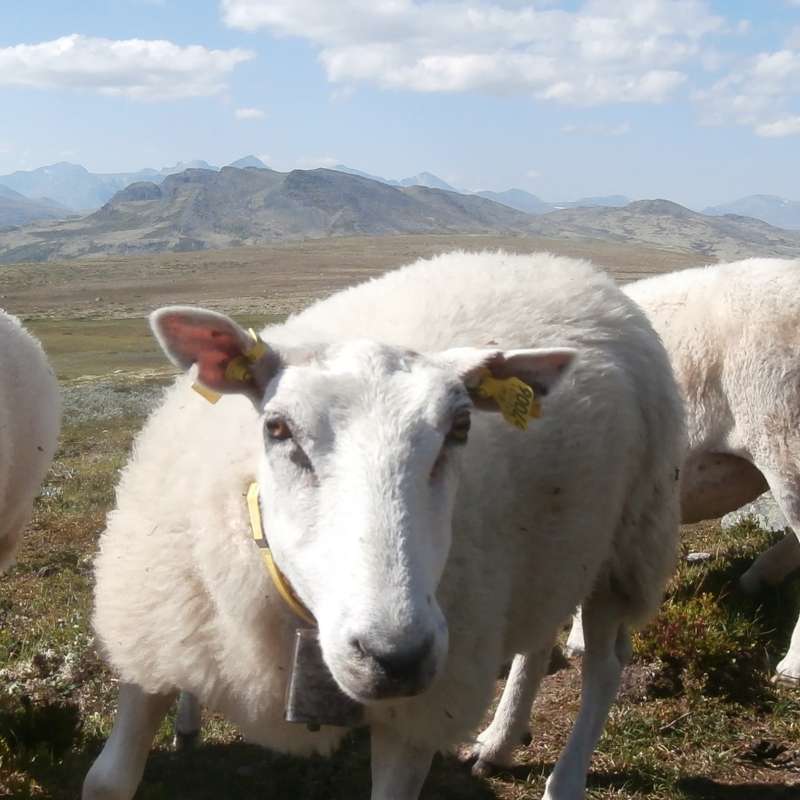Yngve Rekdal
Seniorrådgiver (pensjonistavtale)
(+47) 959 33 520
yngve.rekdal@nibio.no
Sted
Ås - Bygg O43
Besøksadresse
Oluf Thesens vei 43, 1433 Ås (Varelevering: Elizabeth Stephansens vei 21)
Sammendrag
Utmarksbeite er ein viktig ressurs for norsk landbruk, og 48 % av norske driftseiningar slapp dyr i utmark i 2024. Likevel er mykje av ressursen ubrukt – husdyrtalet kan tredoblast utan at beitegrunnlaget blir overskride. Ressursundersøkinga «Arealrekneskap i utmark» gjev ein samla oversikt over utmarksbeiteressursane både nasjonalt og fylkesvis.
Sammendrag
Det er ikke registrert sammendrag
Forfattere
Ari Hietala Wilson Lara Henao André Kolsgaard Simon Seljegard Nina Elisabeth Nagy Isabella Børja Tor Arne Justad Yngve Rekdal Even Bergseng Halvor SolheimSammendrag
Det er ikke registrert sammendrag

